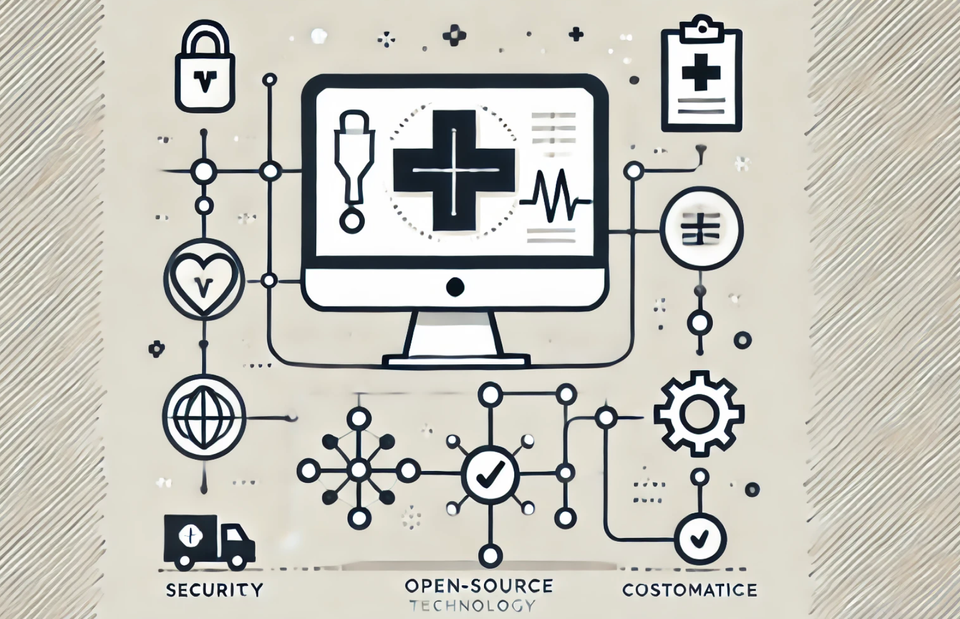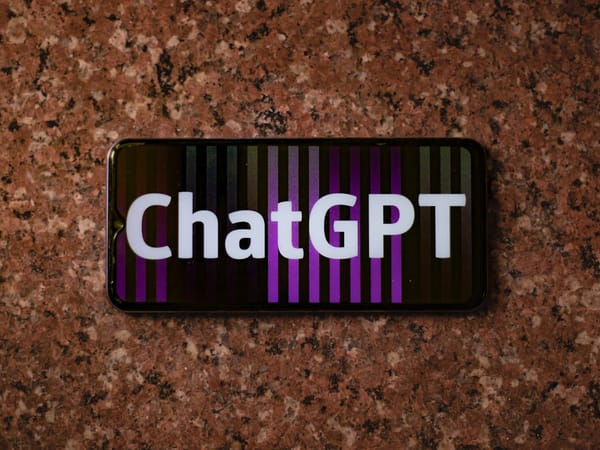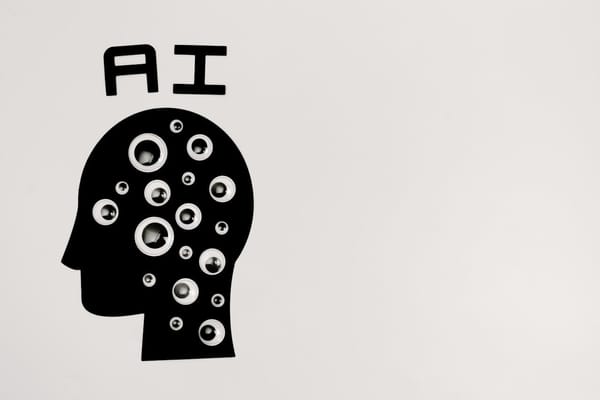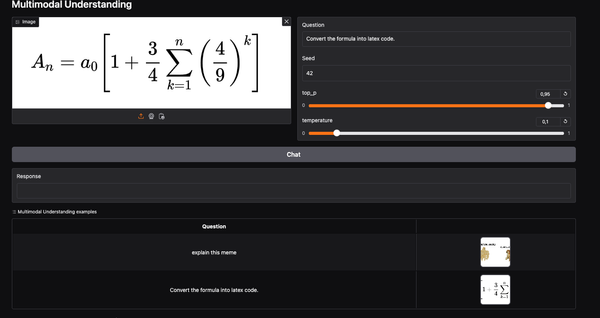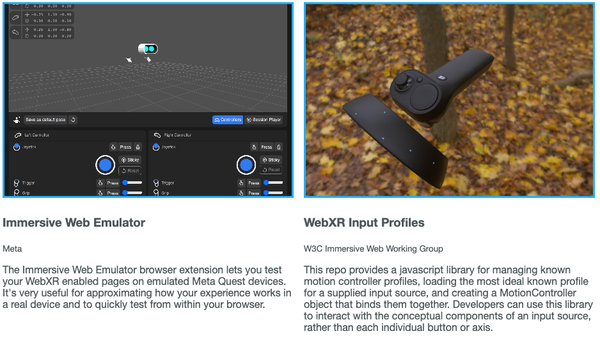Reasons Healthcare Services Often Do Not Adapt to Open-Source Technologies and Software
Are You Truly Ready to Put Your Mobile or Web App to the Test?
Don`t just assume your app works—ensure it`s flawless, secure, and user-friendly with expert testing. 🚀
Why Third-Party Testing is Essential for Your Application and Website?We are ready to test, evaluate and report your app, ERP system, or customer/ patients workflow
With a detailed report about all findings
Contact us nowTable of Content
Open-source software offers significant benefits, including cost savings, flexibility, and community-driven innovation, making it an attractive option for healthcare services.
Despite its potential, adoption in healthcare faces challenges such as regulatory compliance, integration with existing systems, and concerns about support and reliability.

Reasons Healthcare Services Often Do Not Adapt to Open-Source Technologies and Software
1- Regulatory Compliance and Security Concerns:
- Reason: Healthcare services are subject to strict regulations like HIPAA in the U.S., which mandate rigorous data protection standards. Open-source software might be perceived as less secure or not meeting these compliance requirements.
- Suggestion to Fix: Develop open-source software specifically designed to meet regulatory standards. Certification and compliance audits can help build trust in the security and regulatory adherence of open-source solutions.
2- Lack of Support and Maintenance:
- Reason: Open-source software often relies on community support, which might not provide the consistent, reliable maintenance and technical support that healthcare services require.
- Suggestion to Fix: Establish partnerships with companies that offer professional support and maintenance services for open-source software. This can ensure that healthcare providers have access to reliable technical assistance.
3- Integration with Existing Systems:
- Reason: Healthcare services often use proprietary systems that are not easily compatible with open-source solutions. The integration process can be complex and resource-intensive.
- Suggestion to Fix: Promote the development of open-source middleware and integration tools designed to facilitate the seamless integration of open-source solutions with existing proprietary systems.
4- Perception of Open-Source Quality and Reliability:
- Reason: There is a perception that open-source software may lack the quality and reliability of proprietary solutions, which can be critical in the healthcare sector where failures can have serious consequences.
- Suggestion to Fix: Showcase successful case studies and implementations of open-source software in healthcare settings. Independent benchmarks and performance evaluations can also help demonstrate the reliability and quality of open-source solutions.
5- Funding and Resource Allocation:
- Reason: Healthcare organizations may be reluctant to allocate funds and resources to implement and maintain open-source software, especially when proprietary solutions are marketed aggressively.
- Suggestion to Fix: Highlight the long-term cost savings and benefits of open-source software. Provide grants and incentives for healthcare organizations to explore and adopt open-source solutions. Additionally, creating collaborative funding models where multiple organizations share the costs can make adoption more feasible.
Conclusion
While there are significant barriers to the adoption of open-source technologies in healthcare, addressing these issues with targeted strategies can help unlock the potential benefits of open-source solutions.
By focusing on compliance, support, integration, quality perception, and funding, healthcare services can leverage the flexibility, innovation, and cost savings that open-source software offers.

